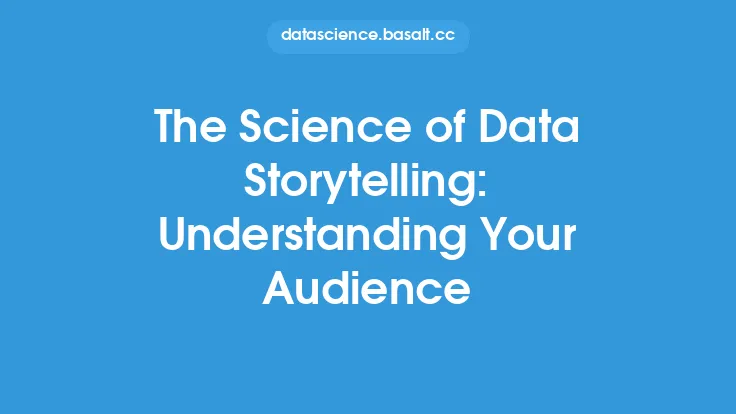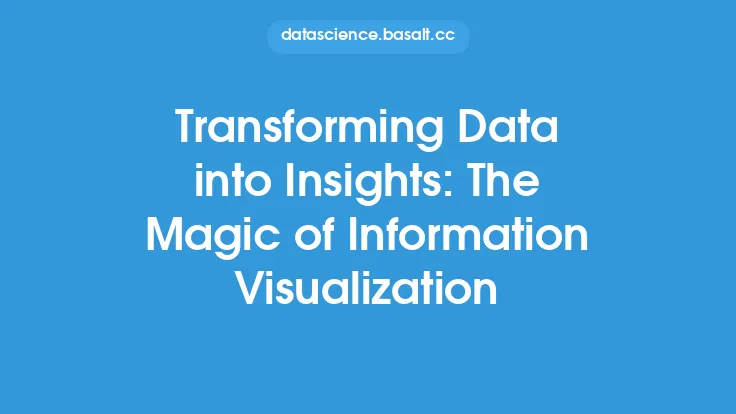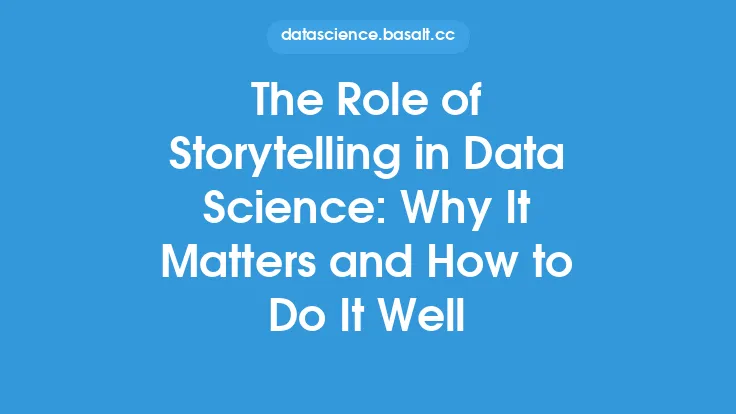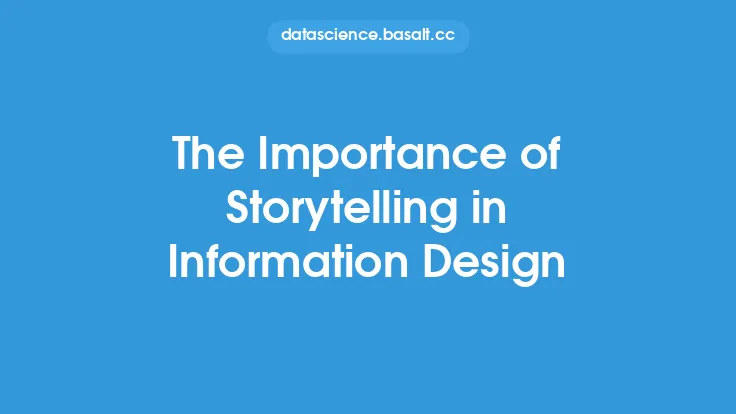When it comes to communicating complex information to an audience, the way in which that information is presented can be just as important as the information itself. This is where the psychology of information design comes in – the study of how to effectively engage and inform an audience through the strategic use of visual and interactive elements. At its core, information design is about creating a clear and concise visual language that can be easily understood by a wide range of people, regardless of their background or level of expertise.
Introduction to Information Design Principles
Information design principles are the foundation upon which effective information design is built. These principles include clarity, concision, and simplicity, and are used to guide the design process and ensure that the final product is easy to understand and navigate. One of the key principles of information design is the use of visual hierarchy, which refers to the way in which visual elements are organized and prioritized to create a clear and logical flow of information. This can be achieved through the use of size, color, and position to draw the viewer's attention to the most important elements of the design.
The Role of Cognitive Psychology in Information Design
Cognitive psychology plays a crucial role in information design, as it helps designers to understand how people process and perceive information. By understanding how the human brain works, designers can create information designs that are tailored to the way people think and learn. For example, research has shown that people are more likely to remember information that is presented in a visual format, such as images or diagrams, rather than in a text-based format. This is because visual information is processed more quickly and easily by the brain, and is also more likely to be retained in long-term memory.
The Importance of User Experience in Information Design
User experience (UX) is a critical component of information design, as it refers to the way in which a person interacts with and experiences an information design. A good UX is one that is intuitive, easy to navigate, and provides a clear and concise presentation of information. To achieve a good UX, designers must consider a range of factors, including the audience, the context in which the information will be used, and the goals and objectives of the design. By taking a user-centered approach to design, designers can create information designs that are tailored to the needs and preferences of the audience, and that provide a positive and engaging experience.
The Use of Storytelling in Information Design
Storytelling is a powerful tool in information design, as it allows designers to present complex information in a way that is engaging, memorable, and easy to understand. By using narrative techniques, such as characters, plot, and setting, designers can create an emotional connection with the audience and convey information in a way that is both informative and entertaining. Storytelling can be used in a range of information design contexts, from interactive websites and mobile apps to print-based materials such as brochures and reports.
The Impact of Technology on Information Design
Technology has had a profound impact on information design, providing designers with a range of new tools and techniques for creating and presenting information. Digital technologies, such as interactive websites and mobile apps, have enabled designers to create immersive and interactive experiences that engage the audience and provide a high level of user participation. Additionally, technologies such as data visualization and infographics have enabled designers to present complex information in a way that is clear, concise, and easy to understand.
Best Practices for Effective Information Design
To create effective information designs, designers must follow a range of best practices that take into account the principles of information design, cognitive psychology, and user experience. These best practices include keeping the design simple and concise, using visual hierarchy to organize and prioritize information, and providing a clear and intuitive navigation system. Additionally, designers should consider the audience and context in which the information will be used, and tailor the design accordingly. By following these best practices, designers can create information designs that are engaging, informative, and easy to use.
The Future of Information Design
The future of information design is exciting and rapidly evolving, with new technologies and techniques emerging all the time. One of the key trends in information design is the use of artificial intelligence (AI) and machine learning (ML) to create personalized and adaptive information designs. These designs can learn and respond to the needs and preferences of the audience, providing a highly tailored and engaging experience. Another trend is the use of virtual and augmented reality (VR/AR) to create immersive and interactive information designs that simulate real-world environments and experiences. As technology continues to evolve and improve, we can expect to see even more innovative and effective information designs in the future.





